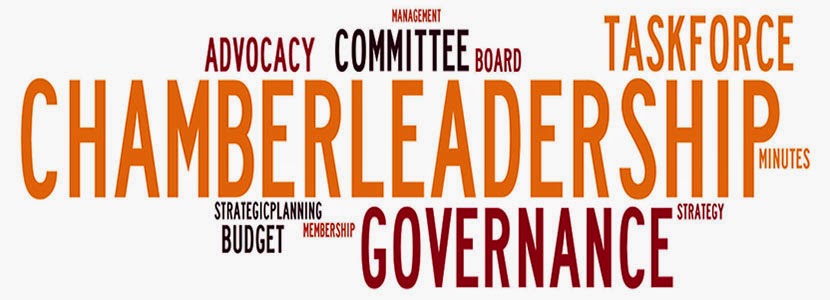I was recently meeting with a local chamber CEO and they asked the question
"How do I start a government affairs program at my chamber?"
It's very simple!
It's very simple!
Start
by:
- Forming a governance structure, identify a chairman (current member of the board) to head your Government Affairs or Advocacy Committee;
- Survey your membership to identify the issues that are important to them;
- Have the committee discuss the issues; and
- That committee should make recommendations to your full chamber board on what position to take on any legislative issues.
This new
government affairs committee does not have to meet every month. I'd suggest
quarterly will do the trick as you get started, unless you have a very active legislative session.
Who should you pick as your chairman?
A
current board member without an ax to grind and a consensus builder would be a
great choice.
Like any
chairman, it's important to pick an individual that will put on their
"chamber hat" and work on issues that affect all businesses.
And there will be times when you will have members on both sides of an issue, don't worry that's what your committee is for. My guess, in those situations you won't take a position.
But once the board has approved a position (support or opposing an issue), communicate that position to all stakeholders:
And there will be times when you will have members on both sides of an issue, don't worry that's what your committee is for. My guess, in those situations you won't take a position.
But once the board has approved a position (support or opposing an issue), communicate that position to all stakeholders:
- Your members;
- The legislators;
- The media; and
- Your community.
Chambers were created to stand up for their members and take pro business advocacy positions. We are membership organizations, right?
It's as easy as that.
For a related blog post on Advocacy: Three Elements of an Effective Program go HERE.
Or you can access this blog post titled Advocate: What's Your Chamber's Role HERE.

